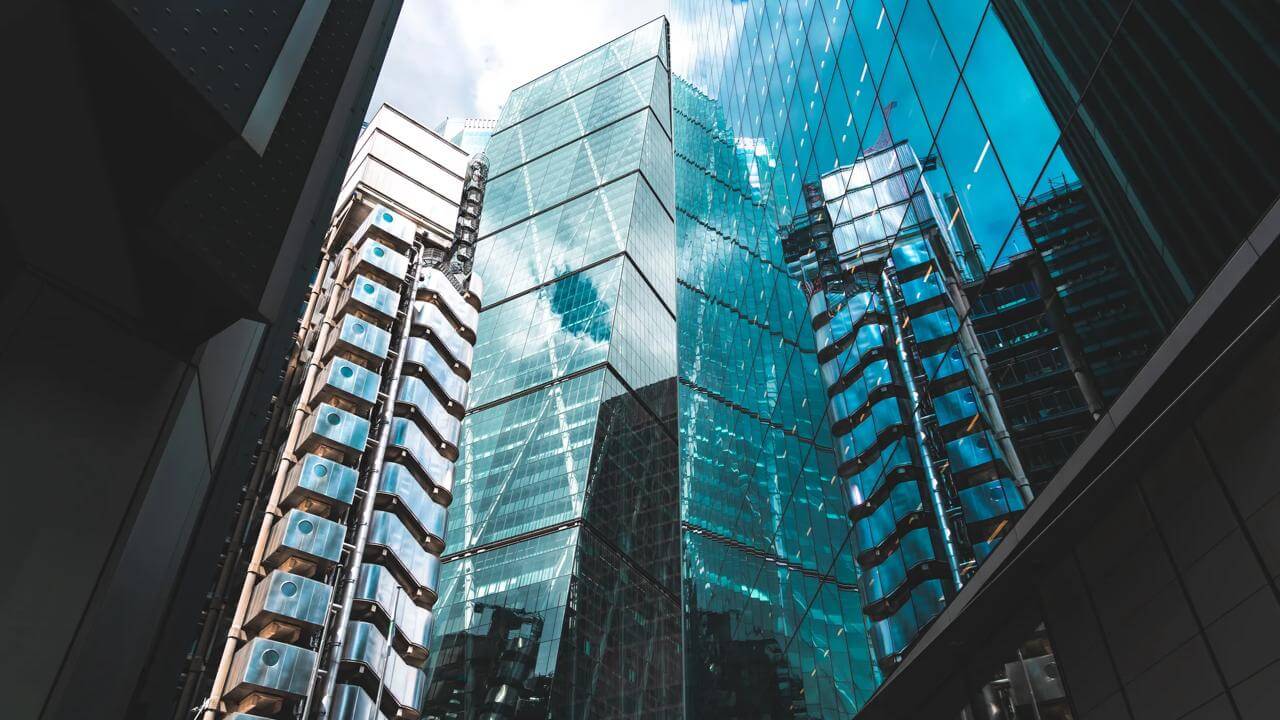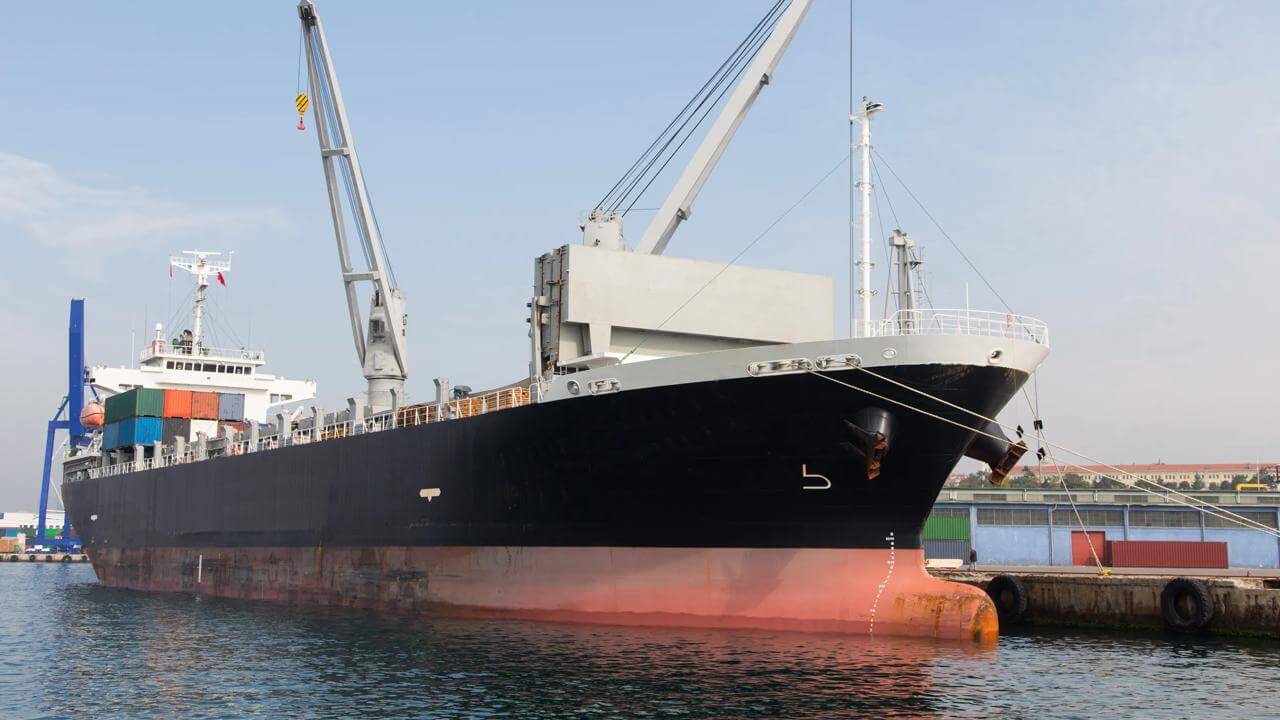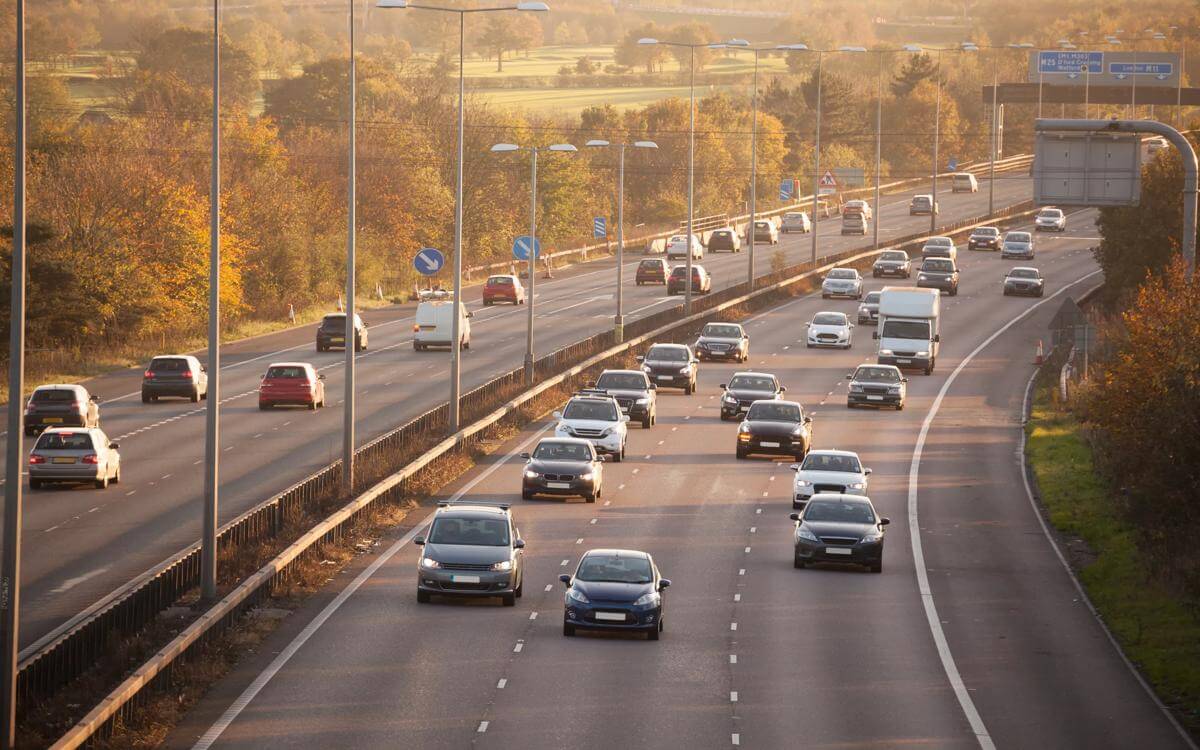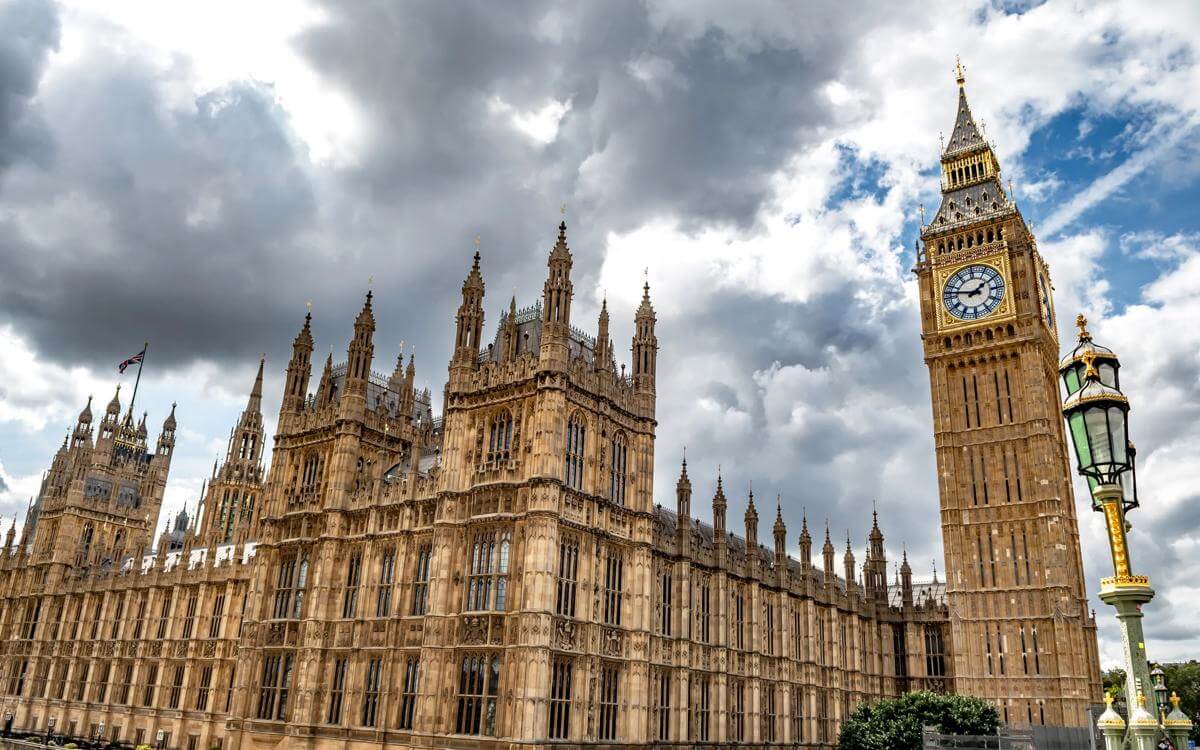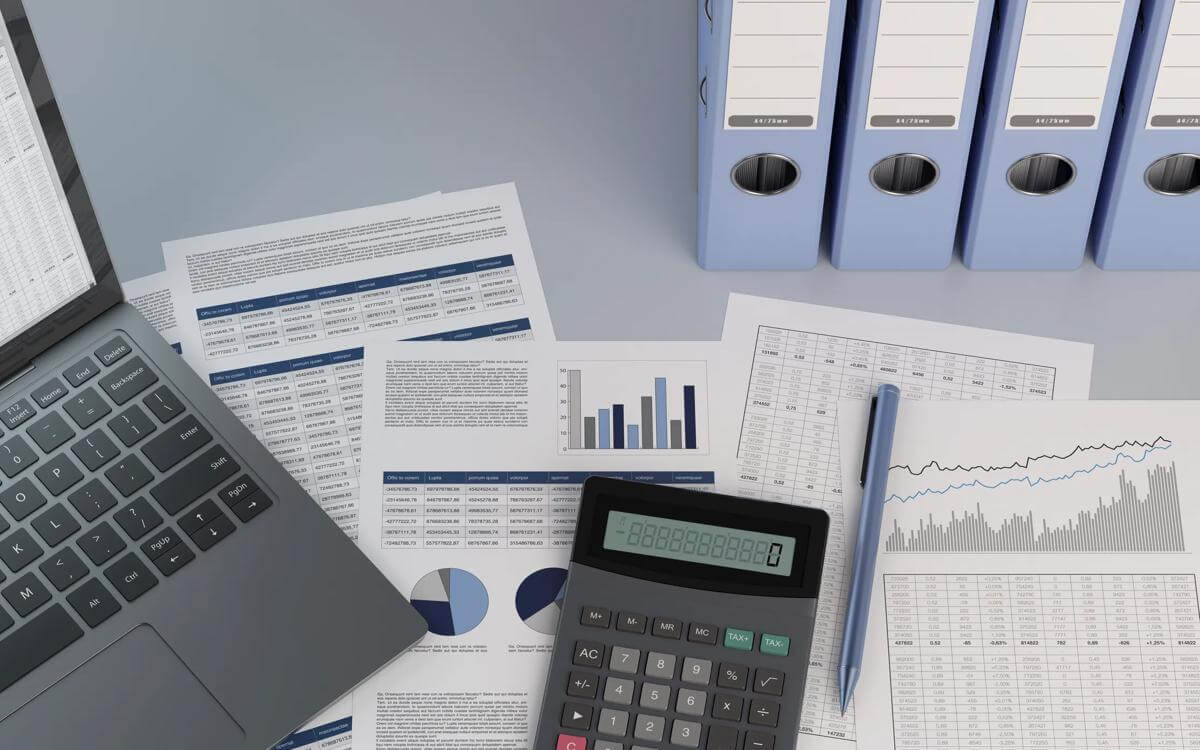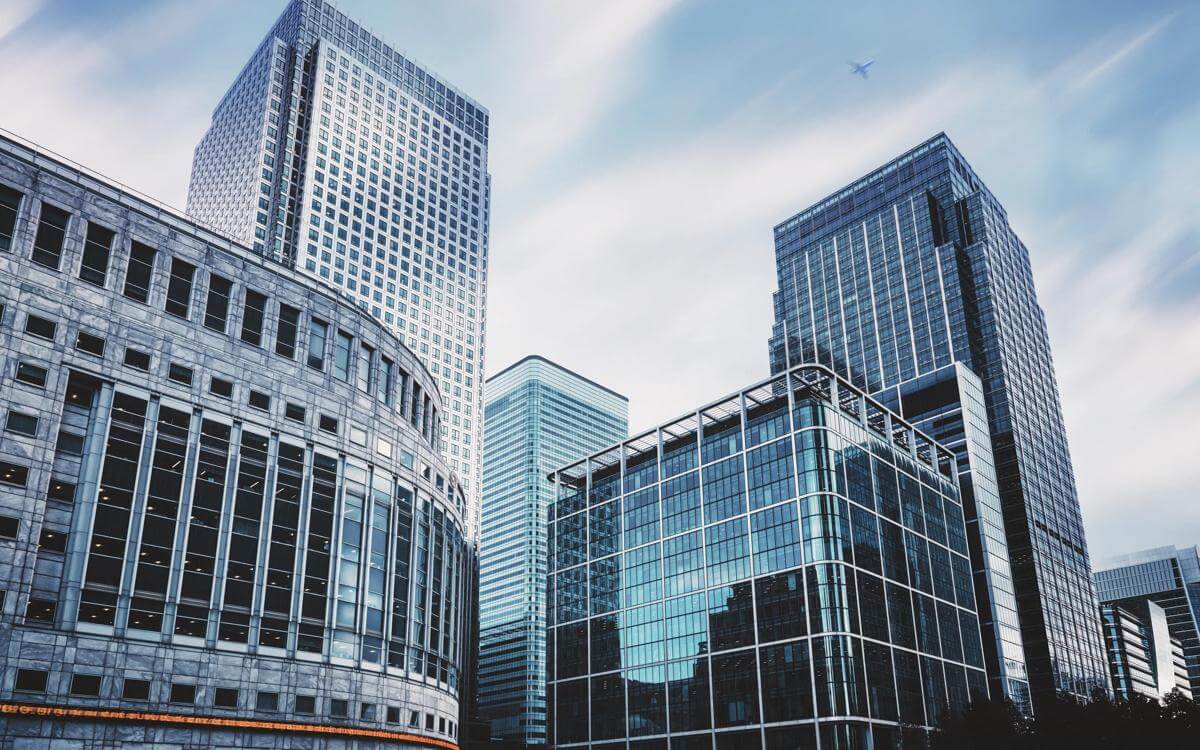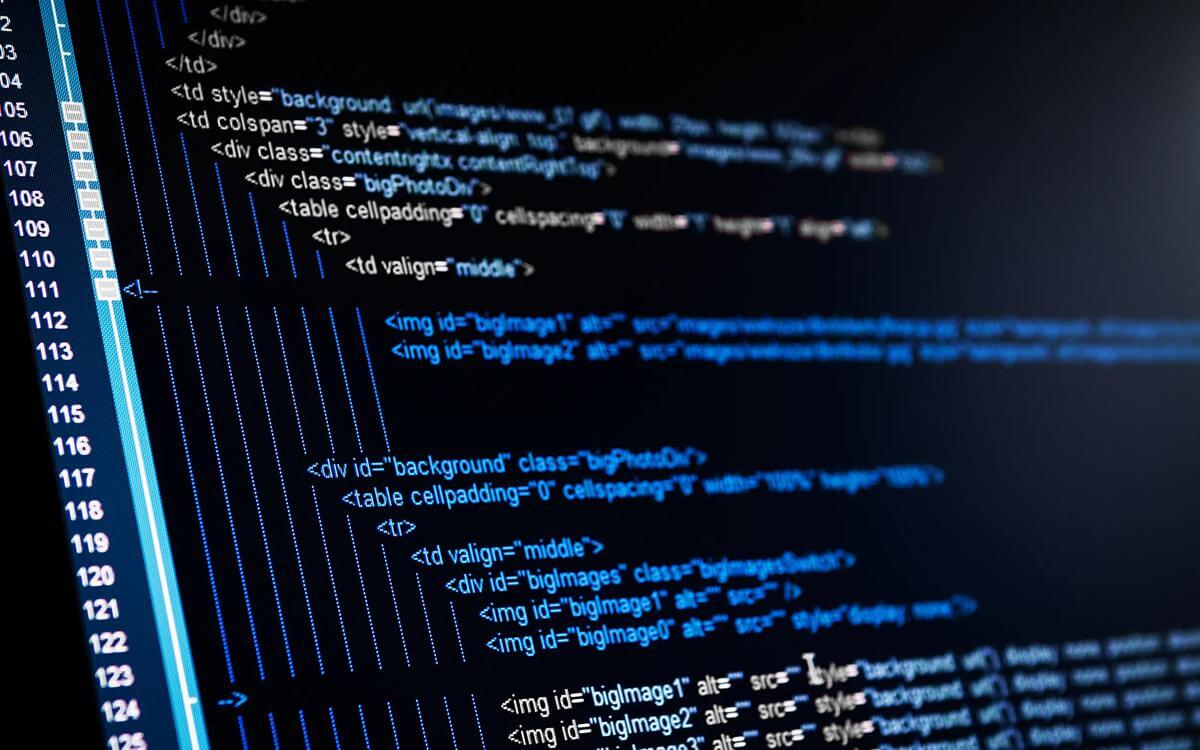Noise-induced hearing loss claims – documentation and the expert engineer
Guest writer, Finch Consulting Senior Consultant Teli Chinelis applies his expertise in preparing engineering reports in relation to noise-induced hearing loss (NIHL) claims to explain information that is required from the claimant and information that is required and is advisable to be retained by employers, in order to ensure that claims can be fairly represented.
Introduction
Finch Consulting Senior Consultant Teli Chinelis applies his expertise in preparing engineering reports in relation to noise-induced hearing loss (NIHL) claims to explain information that is required from the claimant and information that is required and is advisable to be retained by employers, in order to ensure that claims can be fairly represented.
Finch is regarded as one of the leading providers of expert services, including engineering expert witness services, dealing with personal injury claims relating to occupational exposure to noise and vibration, having produced more than 10,000 reports in connection with these claims over the years.
Noise-induced hearing loss claims
NIHL is hearing loss that is caused by exposure to sound. Hearing damage from noise exposure generally happens gradually, becoming noticeable over a number of years of exposure. But it can also happen very quickly, for example after exposure to noise from impacts or explosions. The damage suffered tends to be permanent.
In the United Kingdom, it is estimated that there are more than 10 million individuals (about 1 in 6) with some degree of hearing impairment or deafness. Over one million workers are exposed to levels of noise that put their hearing at risk, with 17 per cent suffering hearing loss, tinnitus or other hearing-related conditions as a result of exposure to excessive noise at work.
The last decade has seen a significant rise in the number of NIHL claims. By 2010 the insurance industry was reporting over 24,000 claims annually and by early 2015 the reported annual number from the Institute and Faculty of Actuaries was 87,000, although this dropped to 57,000 claims annually by the end of 2015. NIHL numbers fell over 2016, although they are still higher than they were in 2011 and 2012. The expert witnesses at Finch Consulting are almost always fully utilised and have been preparing more than 300 relevant reports annually for the past few years.
Claims used to come from traditional industries such as coal mining, manufacturing and ship building, where the claimant typically worked with the same employer for many years if not his whole working life and sources of noise were well understood. Nowadays we see cases involving claimants who have worked in a much wider range of sectors with multiple employers. The role of the engineering expert witness is crucial in cases involving multiple employments with significant noise exposure in order to calculate the apportionment of the dose between the various employers.
Claimants have to be able to prove their hearing loss occurred at work and provide evidence that the employer has been negligent. Apart from providing estimates of the claimant’s likely daily noise exposure and lifetime noise immission levels the engineering expert (who has experience in risk management) also reviews any actions that the defendant should have taken in light of guidance and (after 1990) the regulations in place during the claimant’s employment.
Employer actions:
Employers are legally and morally responsible for controlling noise in the workplace and protecting their employees’ hearing. Loss of hearing is a very serious health and safety issue and insurers do provide compensation for genuine claimants.
Ensure compliance with the Regulations
The Health and Safety Executive has a valuable guidance on this issue, with a dedicated part of its website on noise (www.hse.gov.uk/noise/) including HSE’s 130 page guidance document L108 (http://www.hse.gov.uk/pUbns/priced/l108.pdf). The Control of Noise at Work Regulations 2005 in summary require an employer to:
- assess the risks to employees from noise at work;
- take action to reduce the noise exposure that produces those risks;
- provide employees with hearing protection if the noise exposure cannot be reduced enough by using other methods;
- ensure the legal limits on noise exposure are not exceeded;
- provide employees with information, instruction and training;
- carry out health surveillance where there is a risk to health.
Future proof critical documentation
Employers are advised to retain for litigation defence relevant evidence.
Employers are advised to:
- keep records of assessment and actions to manage noise in a form that will remain accessible and readable;
- when writing risk assessments/purchasing policies ensure that they give sufficient information to, in future, allow somebody unfamiliar with the site to understand the processes taking place in different areas, likely noise levels and likely noise exposures;
- make sure that key decisions are recorded in some form of change log and, if a critical decision has been made (e.g. capital spend for new machinery), include evidence as to why it was purchased, and the role noise played in this decision;
- retain evidence to demonstrate that, as recorded in the risk assessment, there is:
- control in place, including measures taken to reduce noise at source and provision and use of hearing protection (if required);
- supervision and training;
- health surveillance;
- anyone at risk managed as per occupational health advice;
- monitoring against actions described in risk assessment (probably by cross reference to your quality procedures).
If a claim ensues:
It is important to an employer to be able to disclose evidence about the noise management systems.
- it may not have been noisy in the area where the claimant worked, but evidence that shows actions had been taken to manage noise exposure elsewhere can demonstrate there was a system in place;
- all relevant information should be made available;
- noise surveys are always helpful even if not from the period when the claimant was employed;
- witness evidence from current or past employees helps to put the disclosure in context;
- evidence that management of noise at work actions were conveyed to/understood by individual employees.
Considering future NIHL claims when writing current assessment and management documents will give you the best chance of defending these claims as quickly and cost effectively as possible.
What the engineering expert requires:
The vast majority of the cases where Finch provides its services in occupational noise and vibration claims is on a joint expert basis. The duty of engineering experts is to the Court and the provision or disclosure of relevant information from all parties can be of great assistance in order to provide an objective and unbiased report to the court.
From the claimant:
- information about the claimant’s work including the tasks, working methods, work patterns, machinery used or operating nearby, the systems of work;
- whether hearing protection was provided, and if it was, when and what type, and if the claimant used it.
- information on the advice, training or instructions the claimant received in relation to occupational noise and/or damage to hearing.
From the defendant:
- It is for the claimant to prove his/her case, but:
- relevant evidence from a defendant can be very helpful to the engineering expert, and the Court;
- an absence of evidence from the defendant is unhelpful to the expert and the opinion will then be based only on the claimant’s case and any generic information available.
- It would be helpful for the engineering expert to be supplied with:
- confirmation or otherwise of the claimant’s employment and evidence regarding work and noise exposure.
- evidence relating to action taken by the defendant (at the material time, not later) to control risk to the claimant’s hearing.
- witness statements that will explain the defendant’s case and show how the defendant was managing risk, referring as appropriate to disclosed documents to demonstrate their relevance (for example, identifying the parts of a noise survey report relevant to the claimant’s work). Where the Disclosure is extensive, witness evidence can identify the documents that are important and relevant and explain why. Even though medical records are not required, health surveillance records are useful.
Finch Consulting is a professional services firm specialising in engineering, health and safety and environmental management. Its engineers, specialists, and ex-regulators offer world class advice, investigation, training and representation to its clients in a very wide range of industries, including legal, financial and insurance, food and drink, leisure and entertainment, manufacturing, energy and waste, and defence.
Contact

Mark Hickson
Head of Business Development
onlineteaminbox@brownejacobson.com
+44 (0)370 270 6000



















